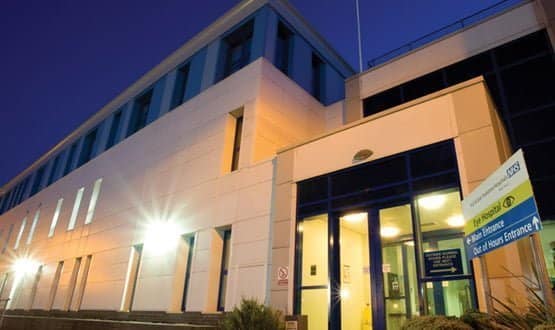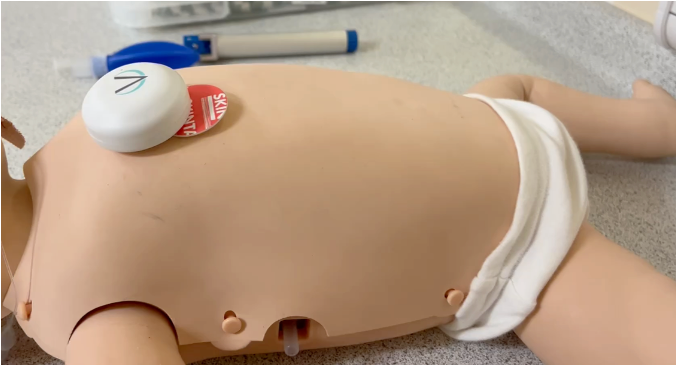Trusts trim transfer times
- 19 February 2014

Two northern trusts have reduced transfer times by implementing a patient flow management system from Cayder.
Hull and East Yorkshire Hospitals NHS Trust and Lincolnshire Community Health Services NHS Trust have deployed the system, which consists of electronic whiteboards connected to a patient flow module and virtual wards.
At Hull and East Yorkshire, the roll out of the system began last winter and is now in use on 39 wards with 45 electronic whiteboards deployed across the trust’s two hospital sites.
The trust’s chief nursing information officer, Steve Jessop, said that staff would previously write with coloured marker pens on whiteboards to record patient details and bed availability would be recorded manually six times a day.
Patients can now be transferred electronically across wards, reducing transfer times to less than five minutes down from 22.
“Electronic transfers mean that at least an hour of clinical time is saved on each and every ward in the organisation every time a patient is transferred,” Jessop said.
“A nurse can also now discharge a patient at the touch of button, or by just marking their finger across a screen to place a patient into a discharge box – much more quickly than the five or 10 minutes that the paper-based system used to take.”
He added that the trust’s local authority partners are planning to procure their own electronic whiteboards , which will integrate with the trust’s boards.
“Information from social care will appear on the ward’s e-whiteboard, which will allow staff to inform patients precisely where they are in discharge planning,” Jessop said.
In Lincolnshire, the system was implemented in four weeks. Jo Cudmore, the trust’s business lead for winter management, said the system allowed staff to proactively manage patient referrals and deliver care more efficiently in the community.
“Due to the huge geographical area we cover, we wanted to know what capacity we had at each community hospital and in each of our community nursing and therapy teams in real time,” said Cudmore.
“Now our teams are able to get information on our inpatients and those in the community (through virtual wards) very quickly on our electronic whiteboards in any of our four hospital sites.”
The trust is also using the software to help manage the progress of patients through treatment and then back into the community.
Traditionally, this was done by phone where a local team member would have to manually find out and confirm it was the right person in the right place.
“This technology lets us track our patients in real time, so our teams can communicate electronically, making the process much quicker,” said Cudmore.




